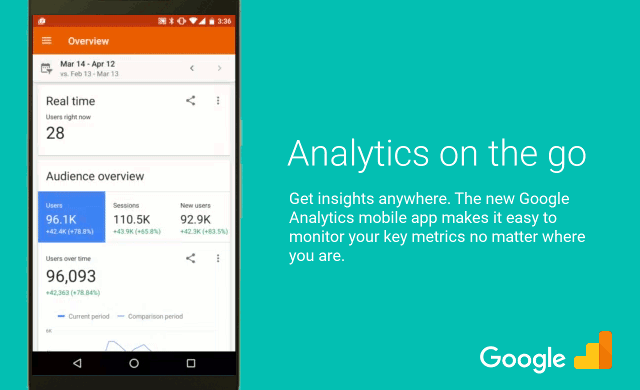The CEO of TrenDemon, Avishai Sharon, says that they created their cloud-based software solution in order to help companies prove that the marketing content they produced also achieved business goals and sales. In order to show this correlation, the TrenDemon software analyzes all of the different touchpoints the customer has had over his lifecycle and then reverse engineers those successful journeys in order to find out what content is working.
Avishai Sharon, Co-founder & CEO of TrenDemon, discussed their software on ILTV:
How Do You Connect Content Marketing to Sales?
My personal background was heading a marketing agency for many years and one of my biggest struggles was how do I prove our value and our effort to our customers and how do you connect the impact of what we call content marketing to business goals and to sales? When we couldn’t find an easy way to show that correlation three and a half years ago we went ahead and founded TrenDemon to help companies do just that.
We connect their marketing efforts, which today rely mostly on content, you want your audience to consume valuable content, as opposed to just advertising. The big challenge is how do you attribute those efforts to sales? There’s actually a prior problem, how do you actually map the customer journey? How do you track those different touch points into one picture?
Reverse Engineering Successful Customer Journeys
The first thing we do is look at all the different touchpoints that a customer has had over his lifecycle. We ask the question, not just where do they come from, but how deep was their engagement? Did they actually watch the video? Did they actually read the article? Then you can start reverse engineering those successful journeys and say what’s common about all of these successful journeys.
What we found, and this is the interesting thing, we’re working with over 90 companies today worldwide and the vast majority of content the companies produce, over 90 percent, is ineffective at driving business goals. As you guys know it’s very expensive to create quality content and it takes a lot of effort.
If People Read the Right Content They Will Covert to a Sale
The second interesting thing is that if you do manage to find those 10 percent and you find a way to get it in front of the right people you’re actually able to improve dramatically your results. So there’s not just a correlation between what buyers did beforehand, there’s also a causation, a causal relationship, that if people read the right content at the right time they’re more likely to follow a path. We’re not probably as sophisticated as we believe that we are.
We’re a SaaS company, a cloud-based solution. We’re working a lot in the US and one of our biggest markets and growing markets is Japan. They’re investing a lot of content and a lot on technology. Essentially, because we look at the customer journey and not necessarily specific languages we can operate in any environment which allows us to grow pretty much anywhere. As long as they have content, which means that they’re producing something other than just advertising, they want people and audiences to actually engage with what they’re producing and they do have some business outcomes that they’re looking to measure.
About TrenDemon:
Founded in 2013, TrenDemon is the world’s leading content marketing attribution and optimization solution, helping marketers prove and improve their content’s impact.
TrenDemon insights can help you uncover your content marketing ROI, impact on business goals, and engagement to help guide the content strategy. Our optimization units will help you increase conversions and shorten time to convert on your owned assets.
TrenDemon proudly serves a wide range of customers, from Fortune 500s and brands to SaaS, B2B, and financial companies and is backed by leading VCs.






















![Facebook Adds Features To Analytics for Apps [F8]](https://dev.webpronews.com/wp-content/uploads/2016/04/Screen-Shot-2016-04-12-at-3.53.35-PM-100x63.png)







